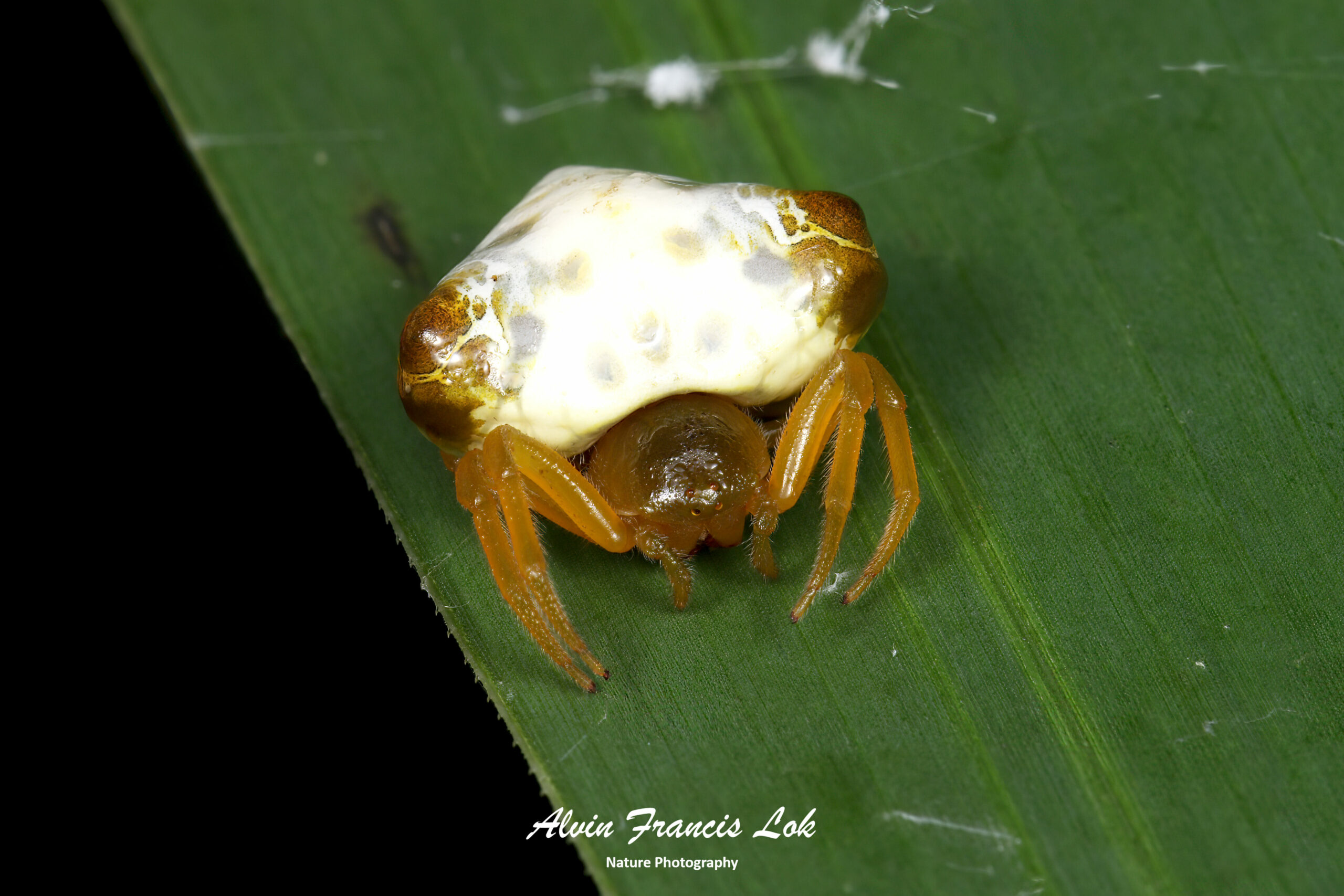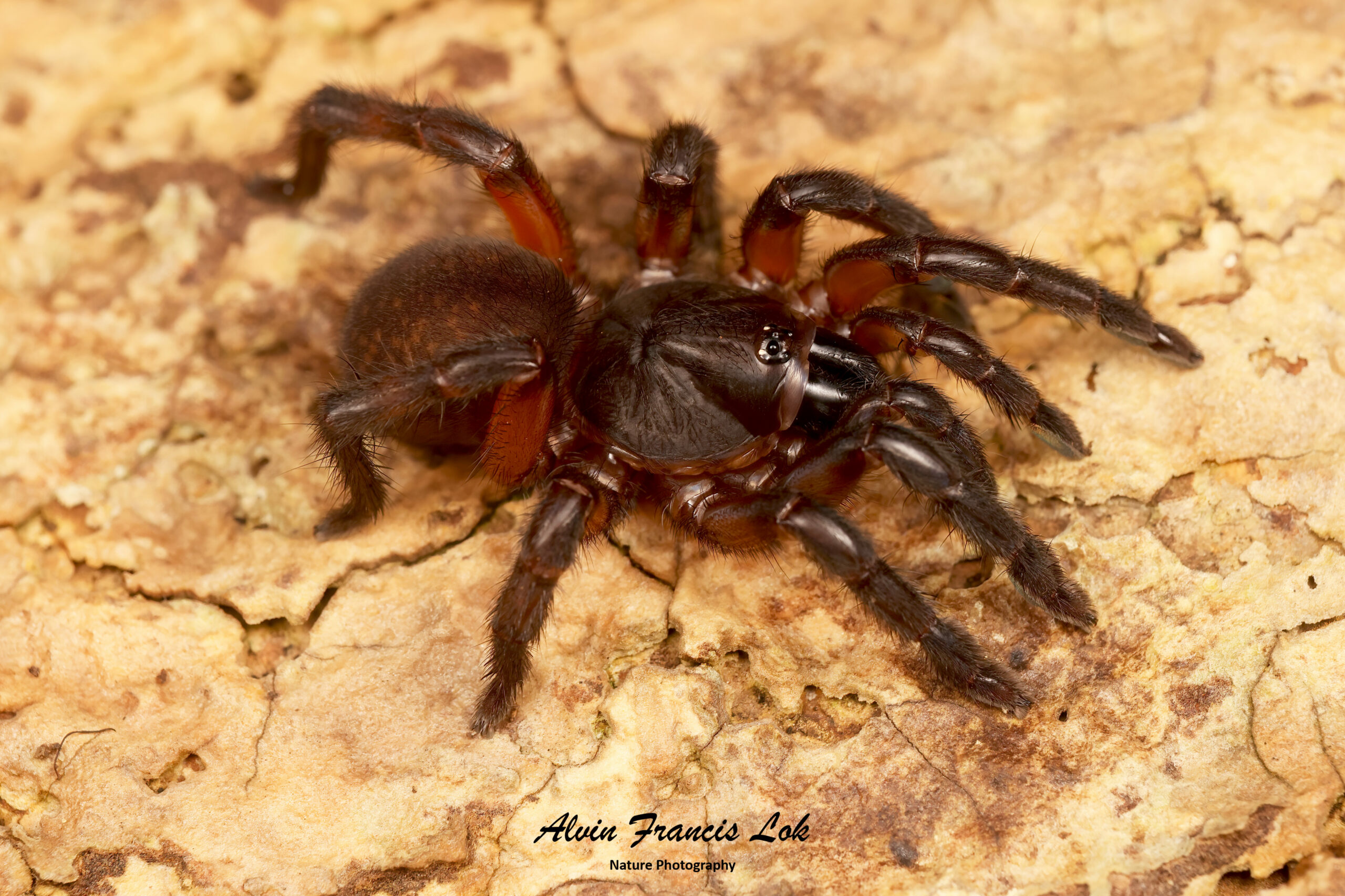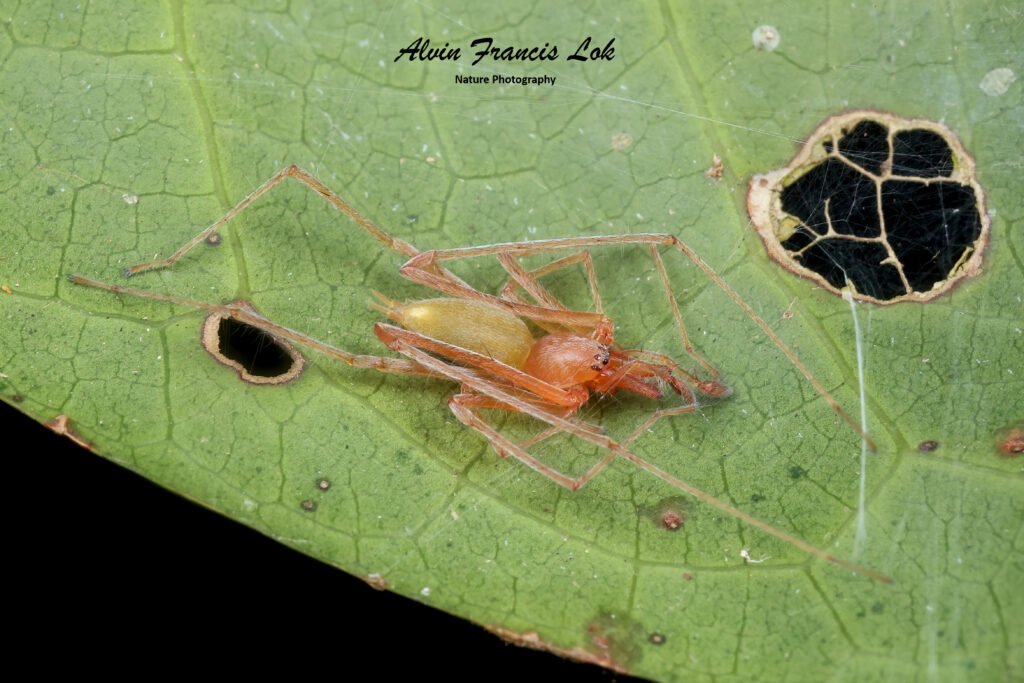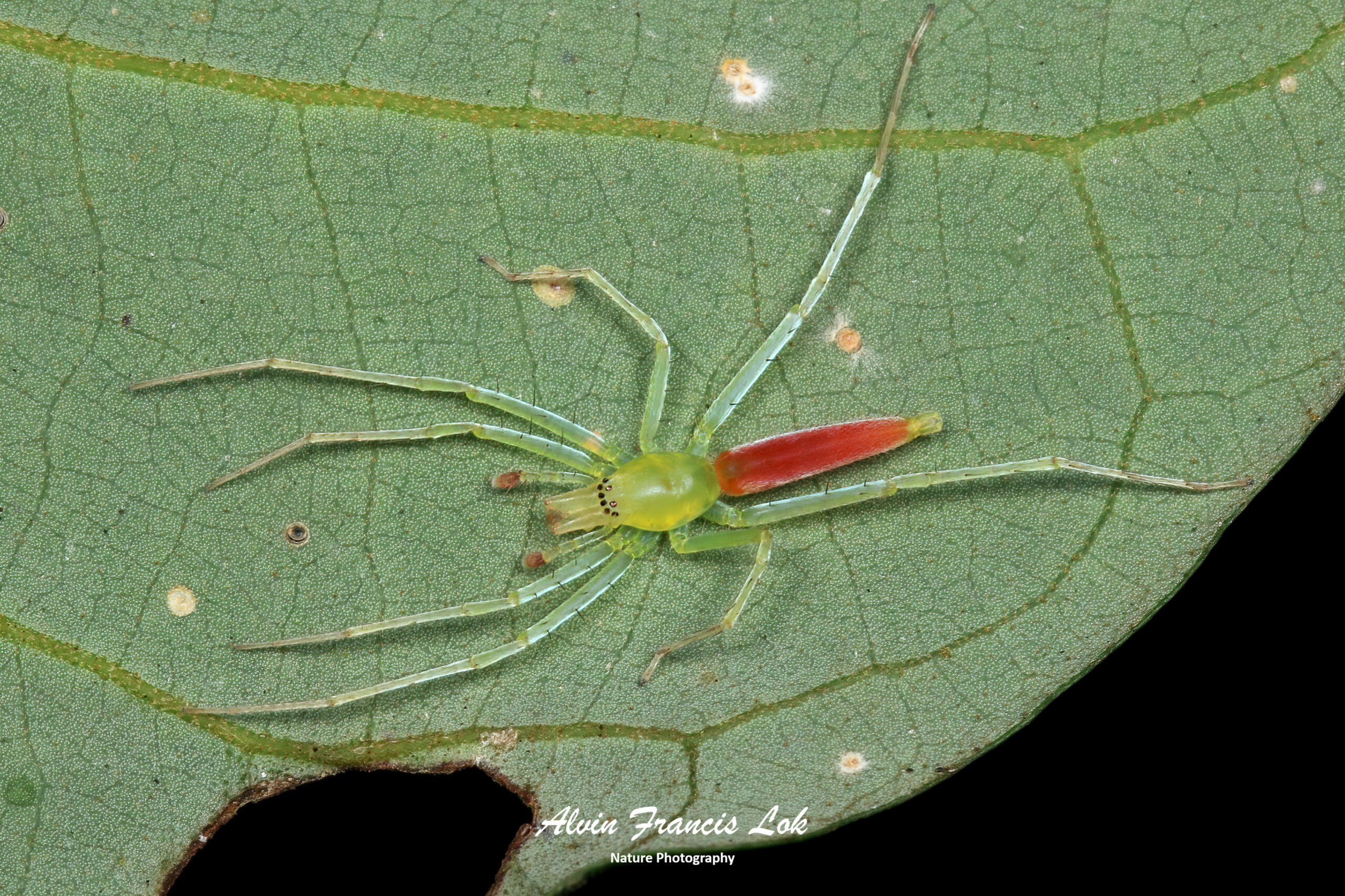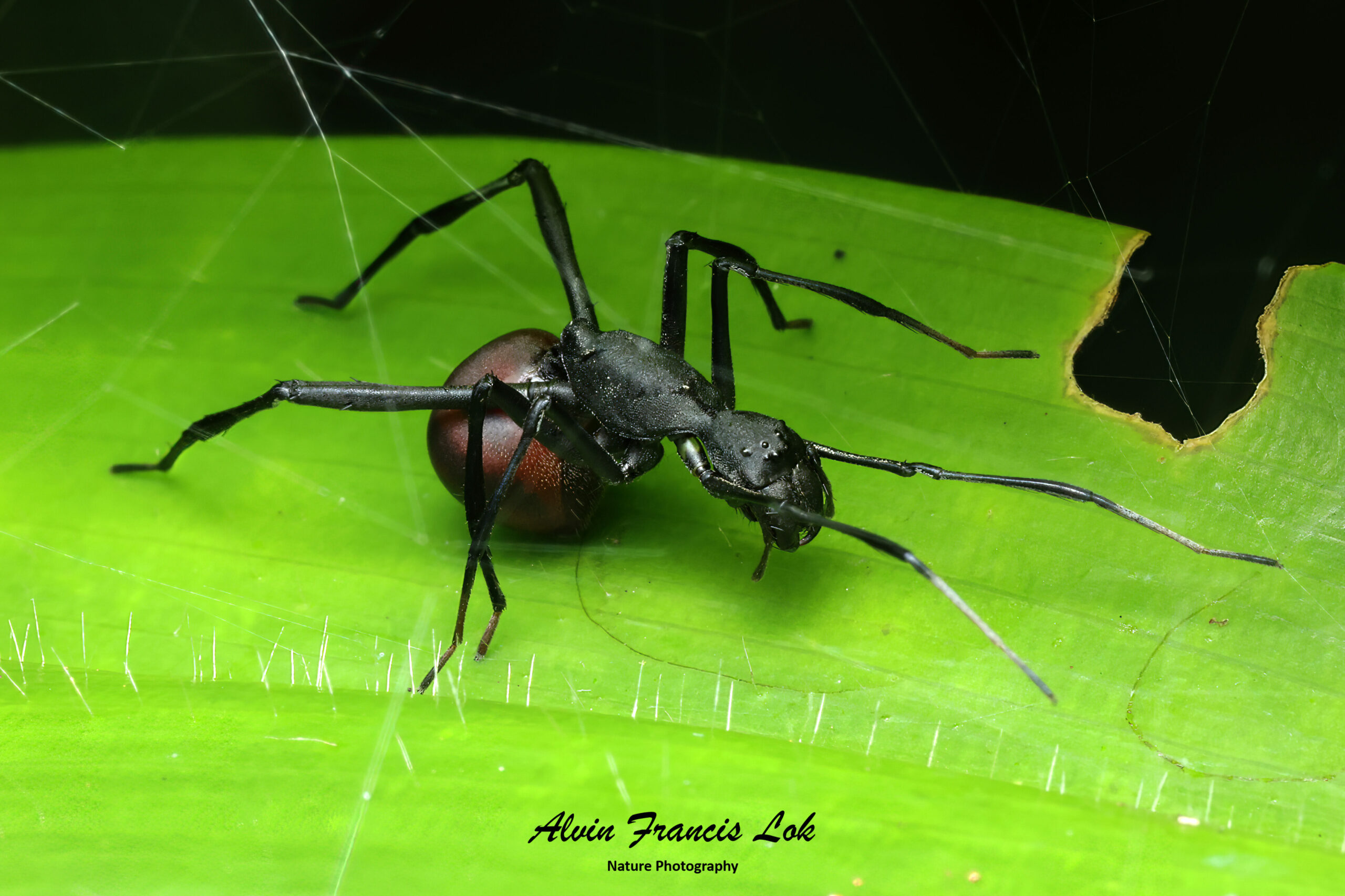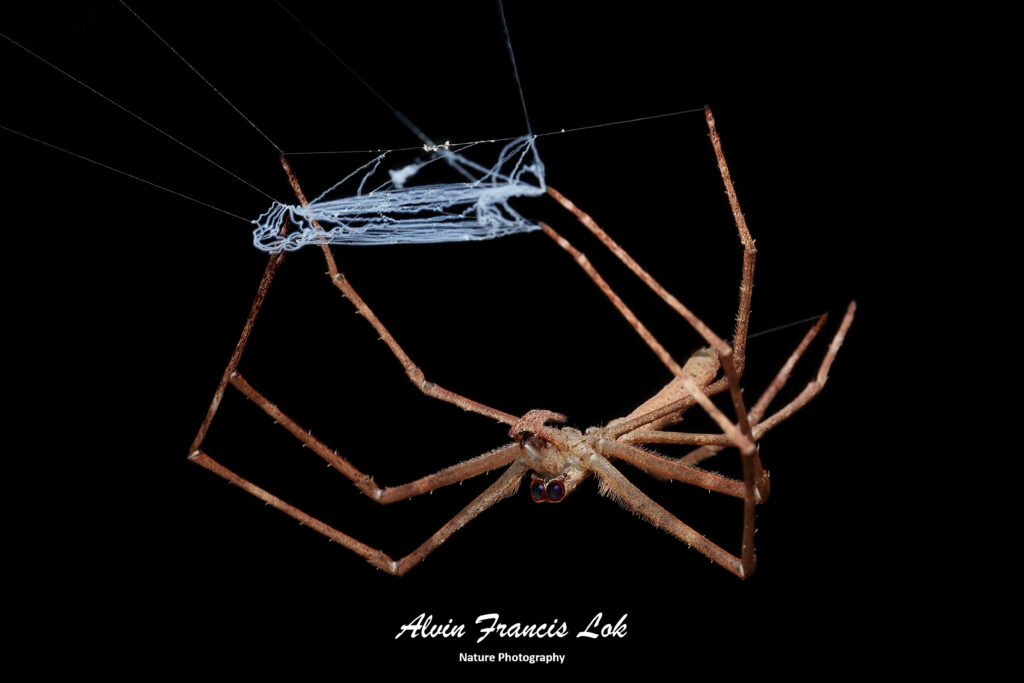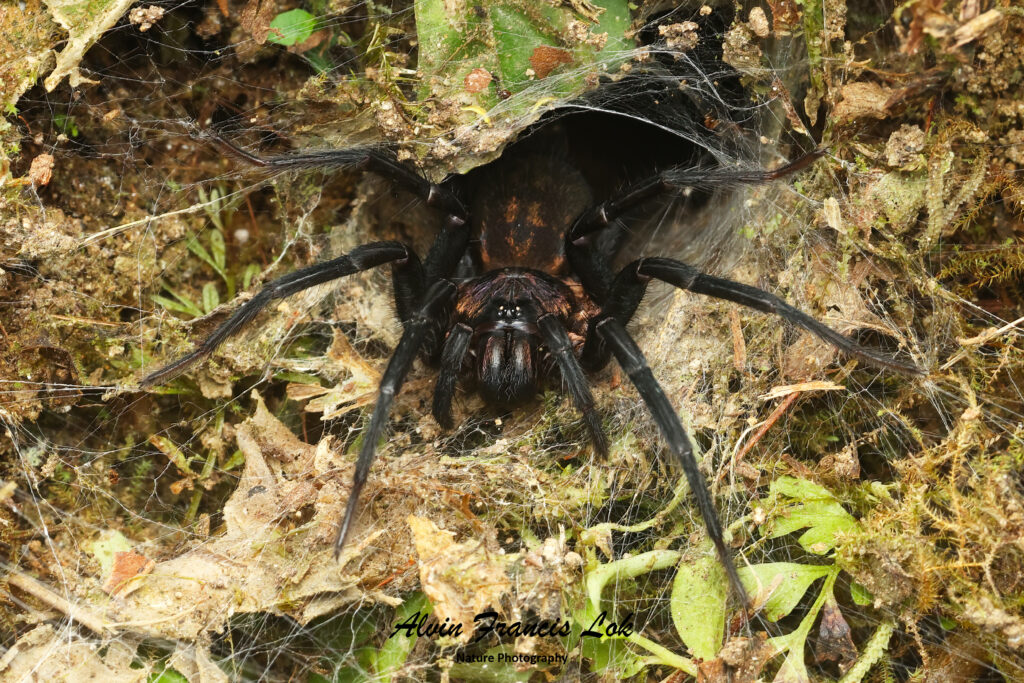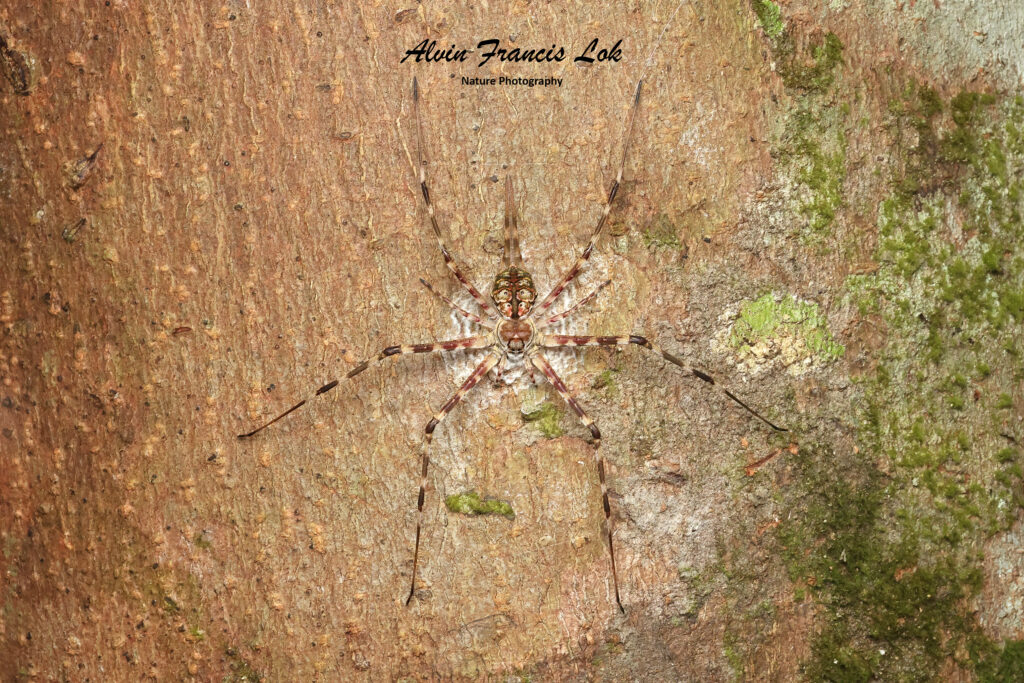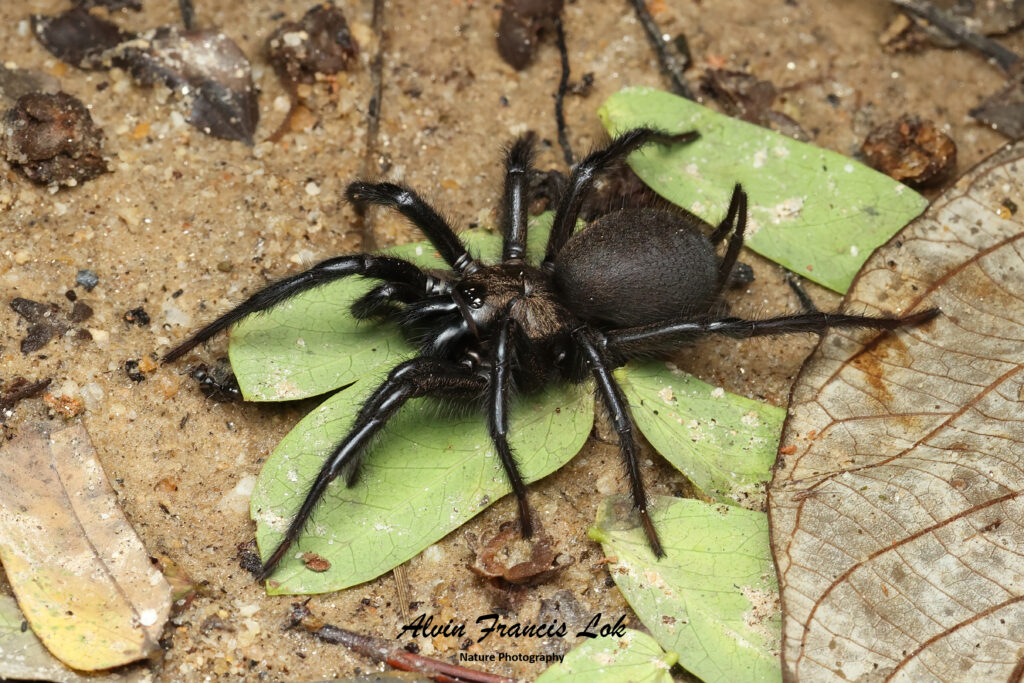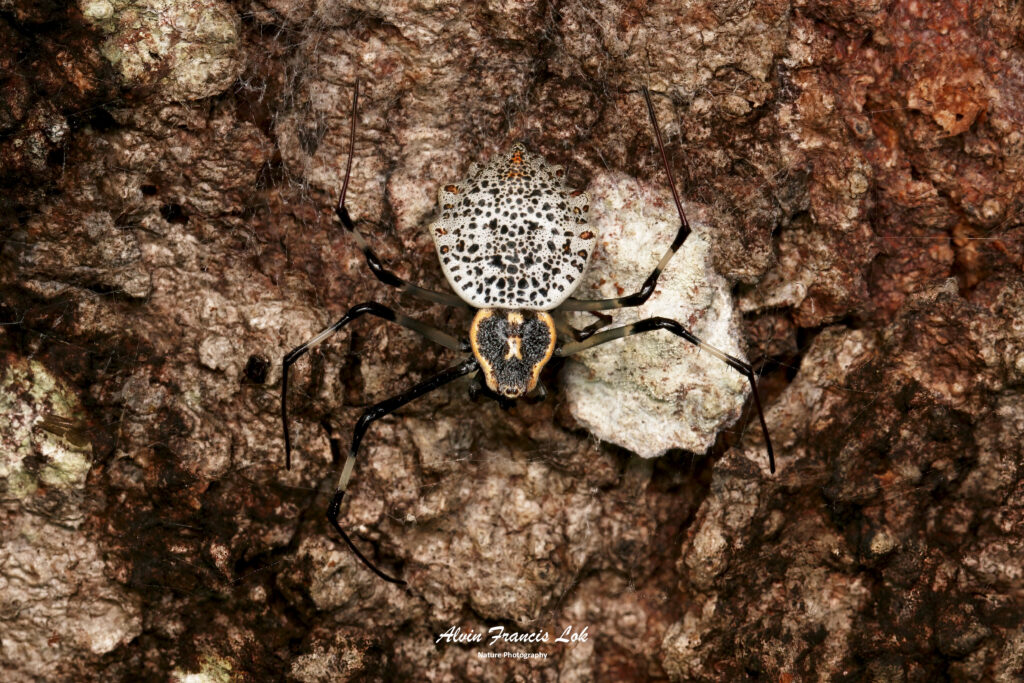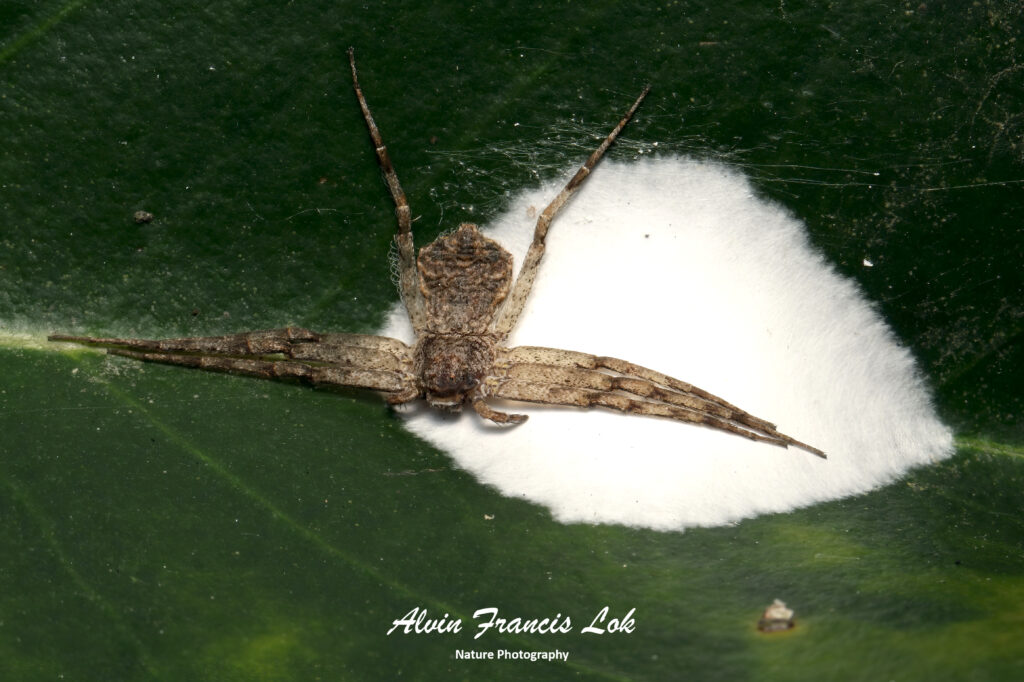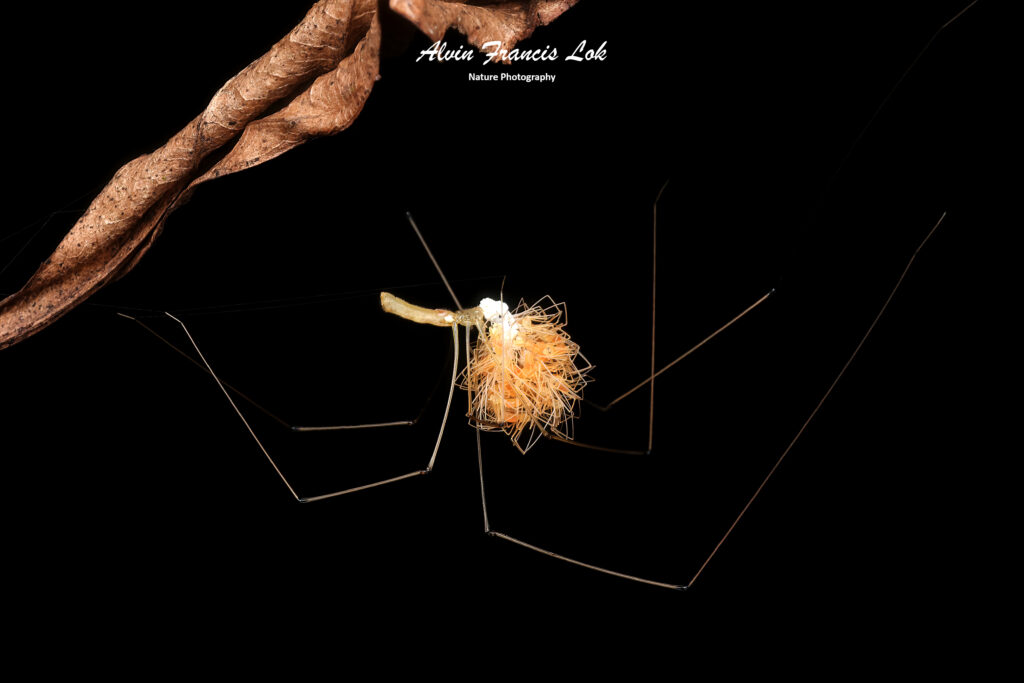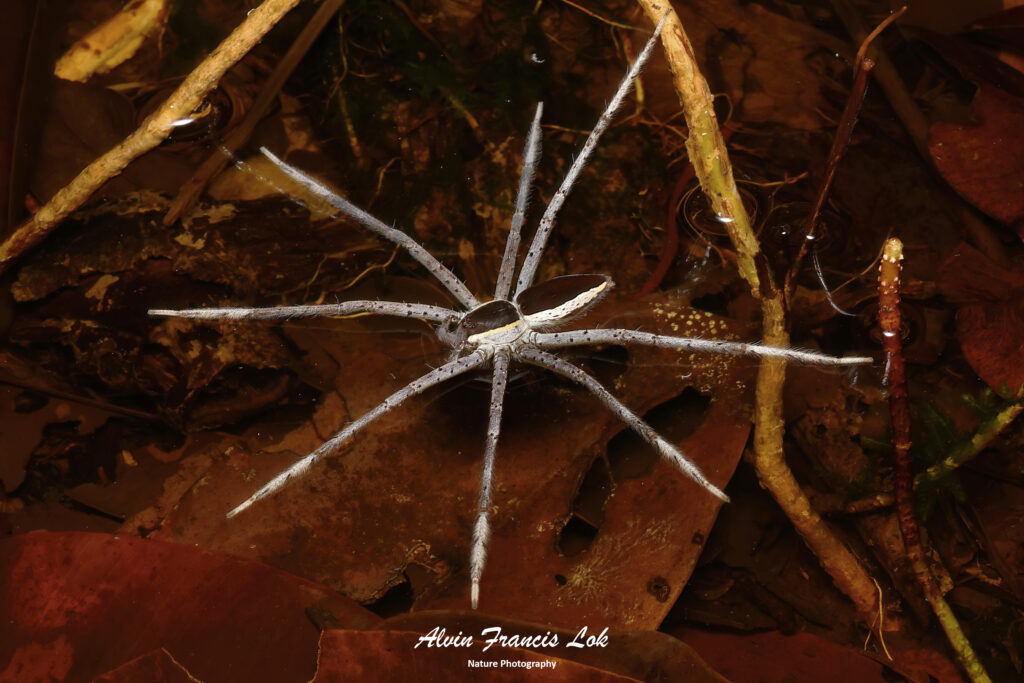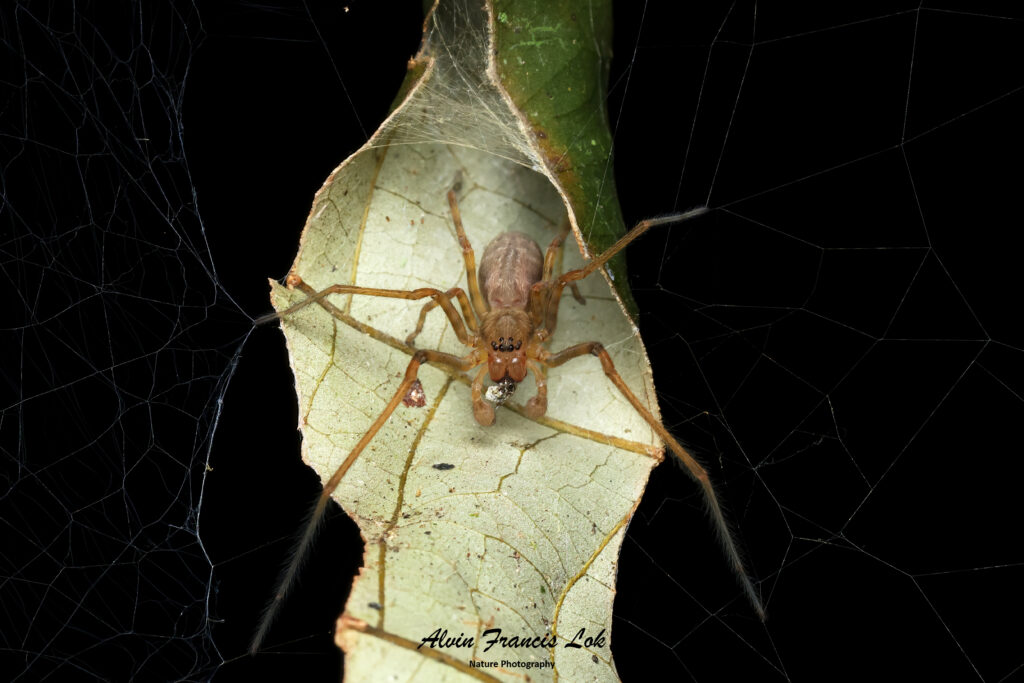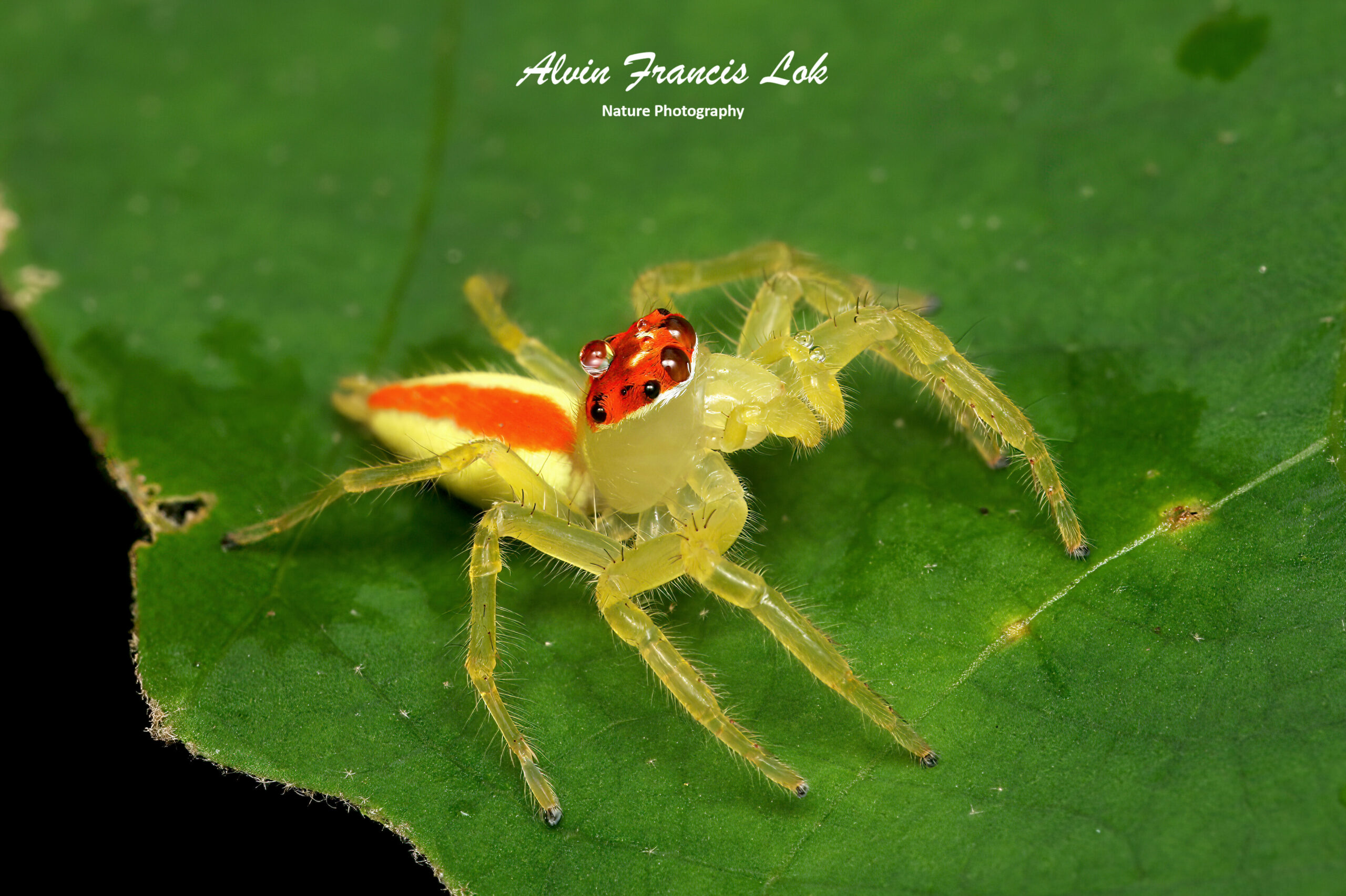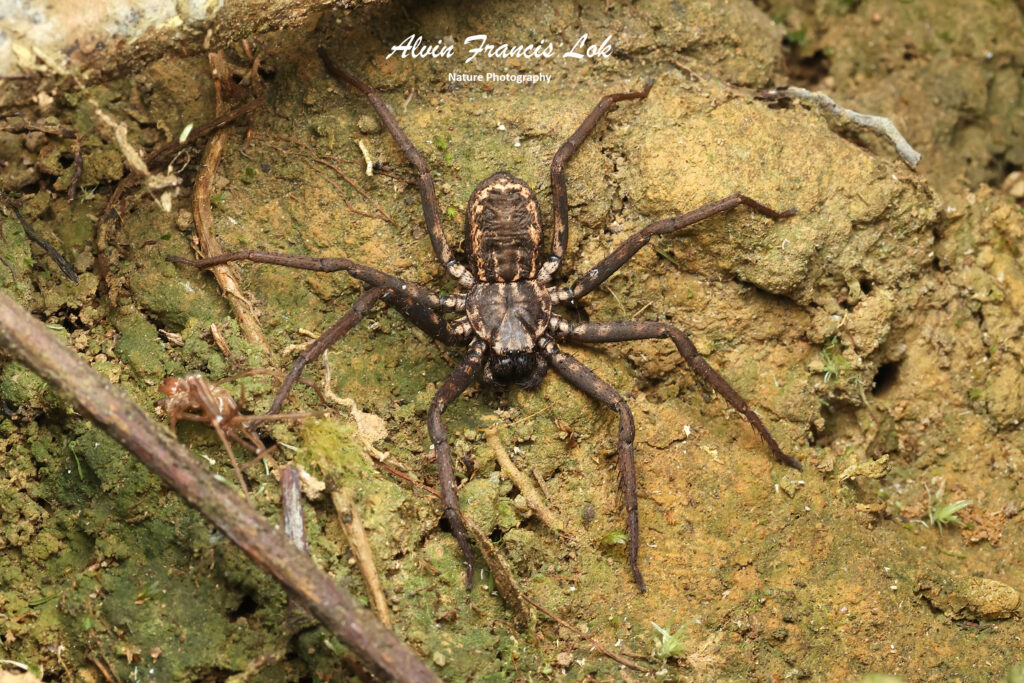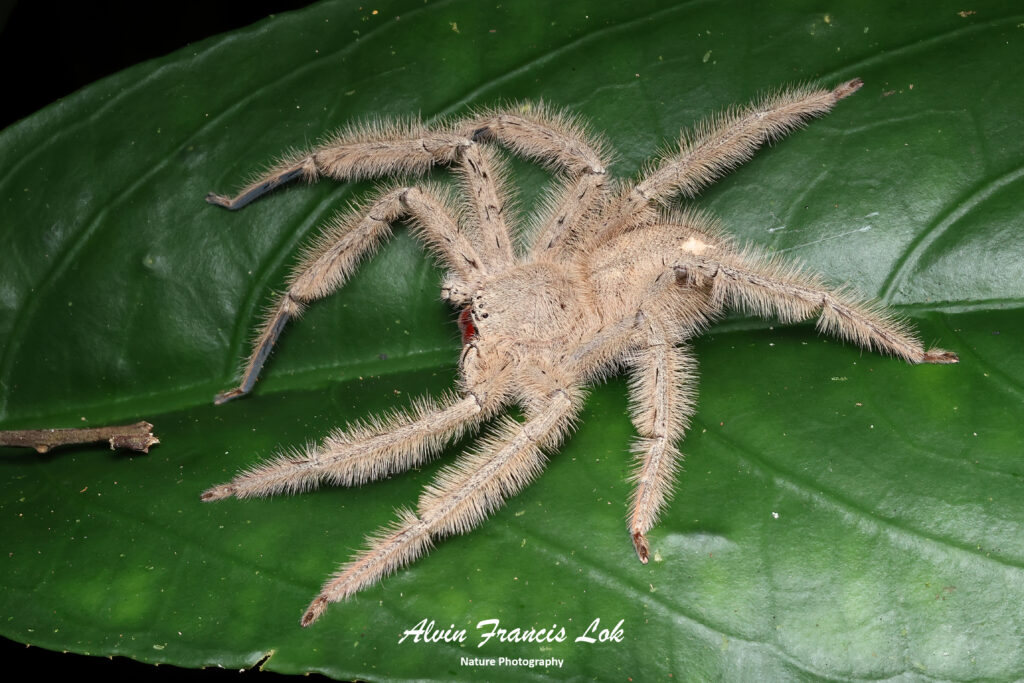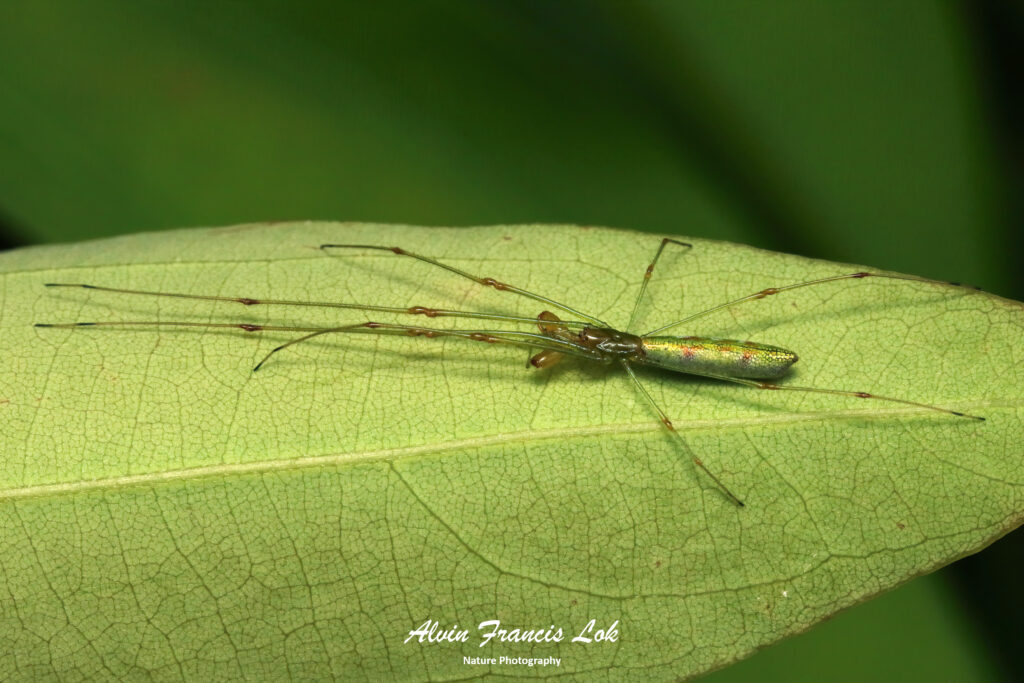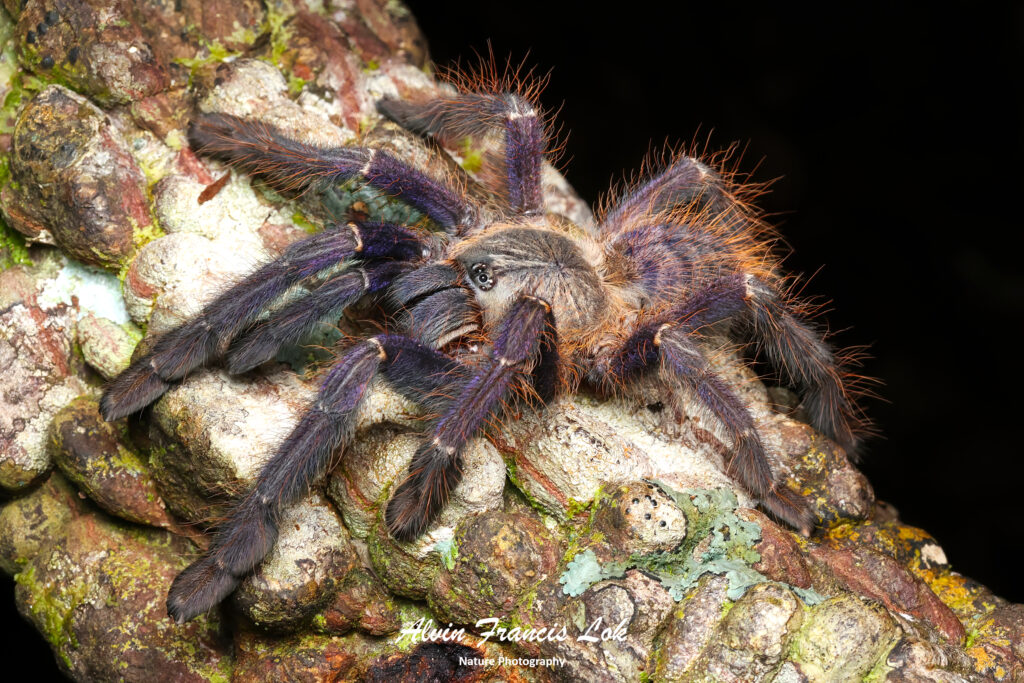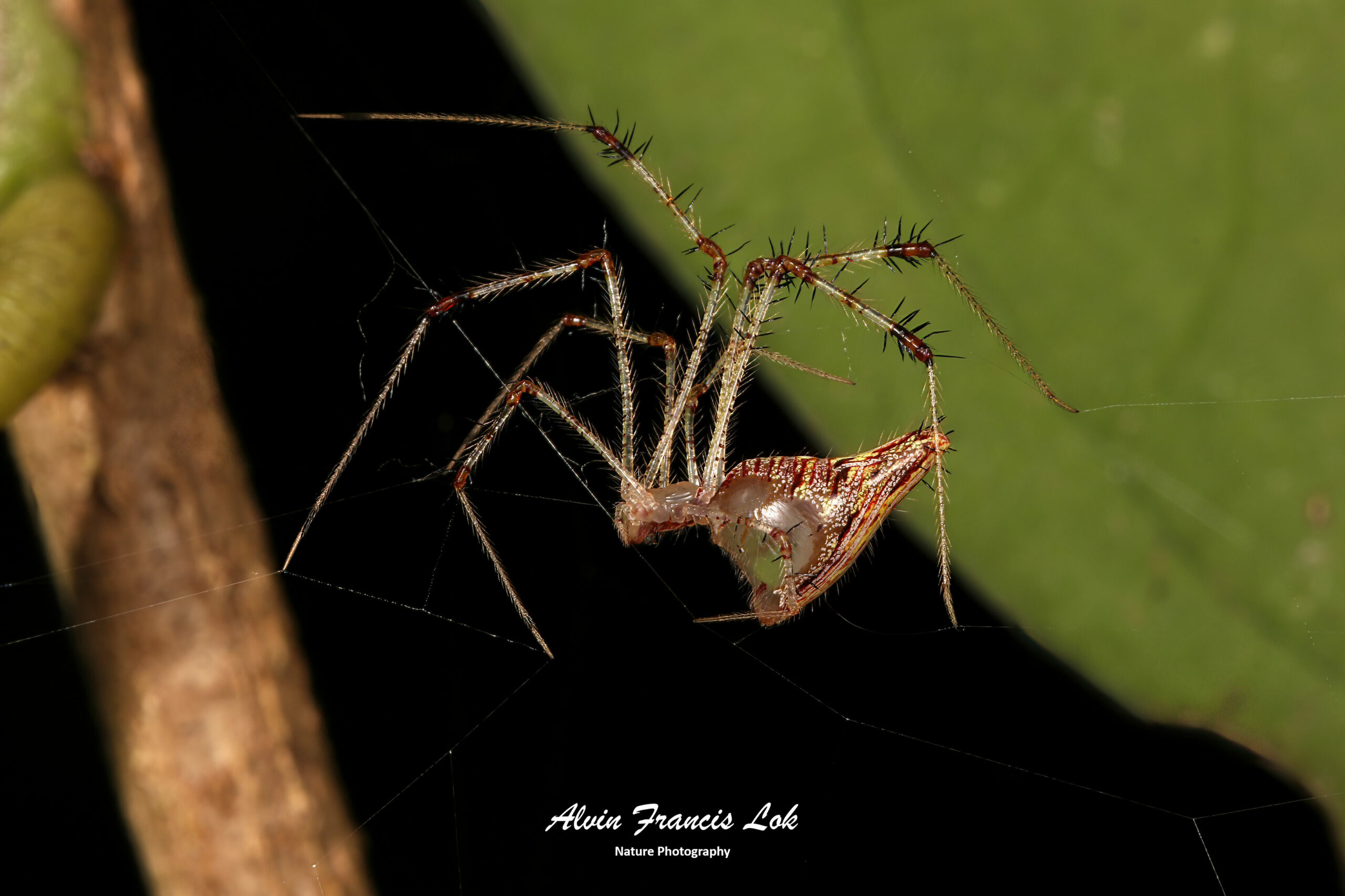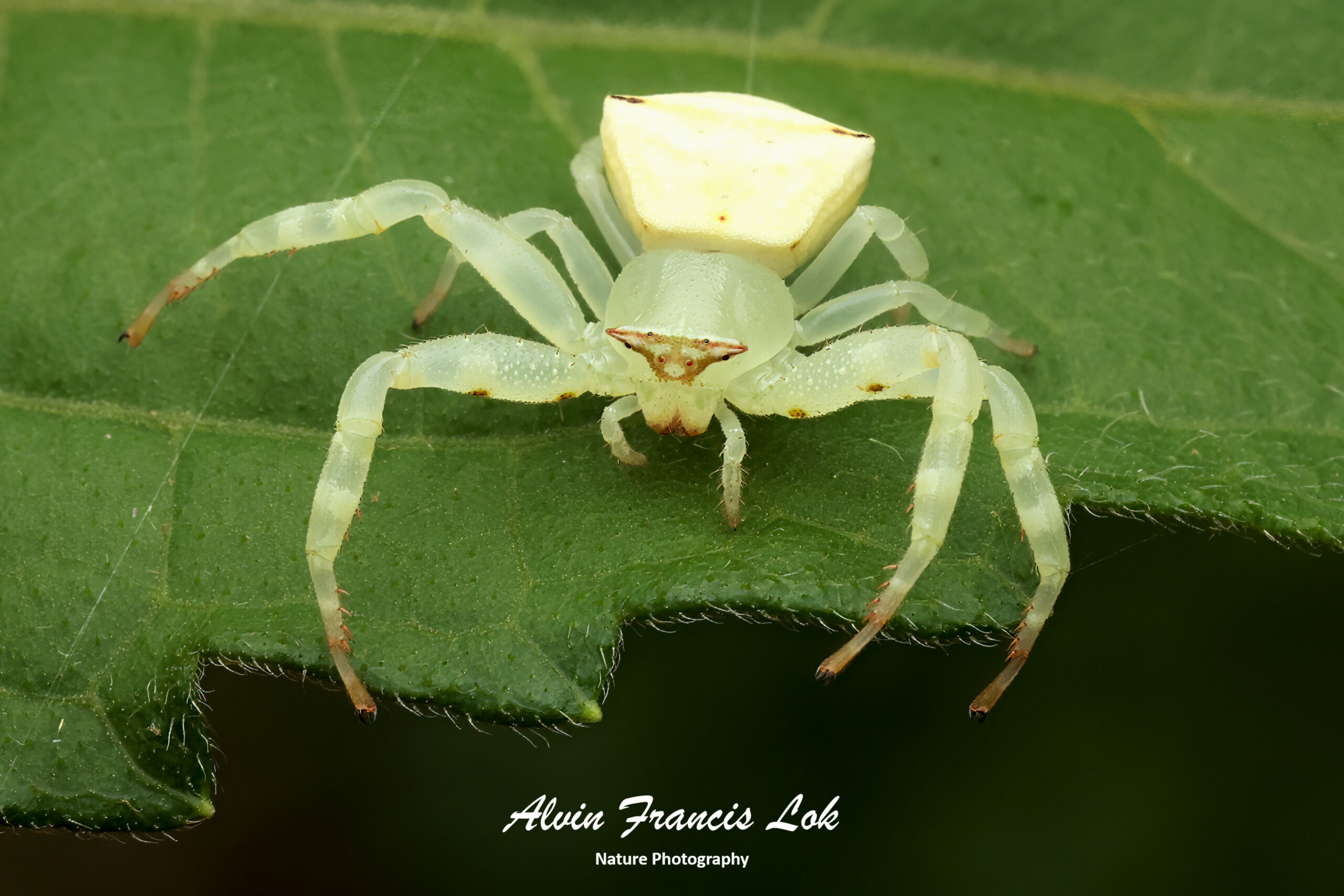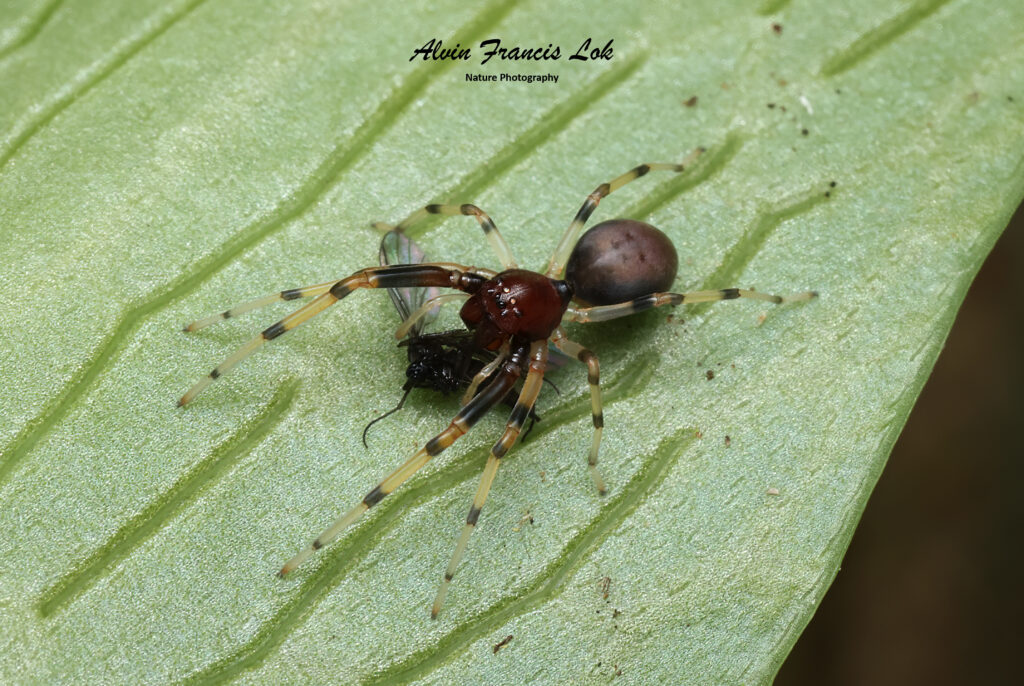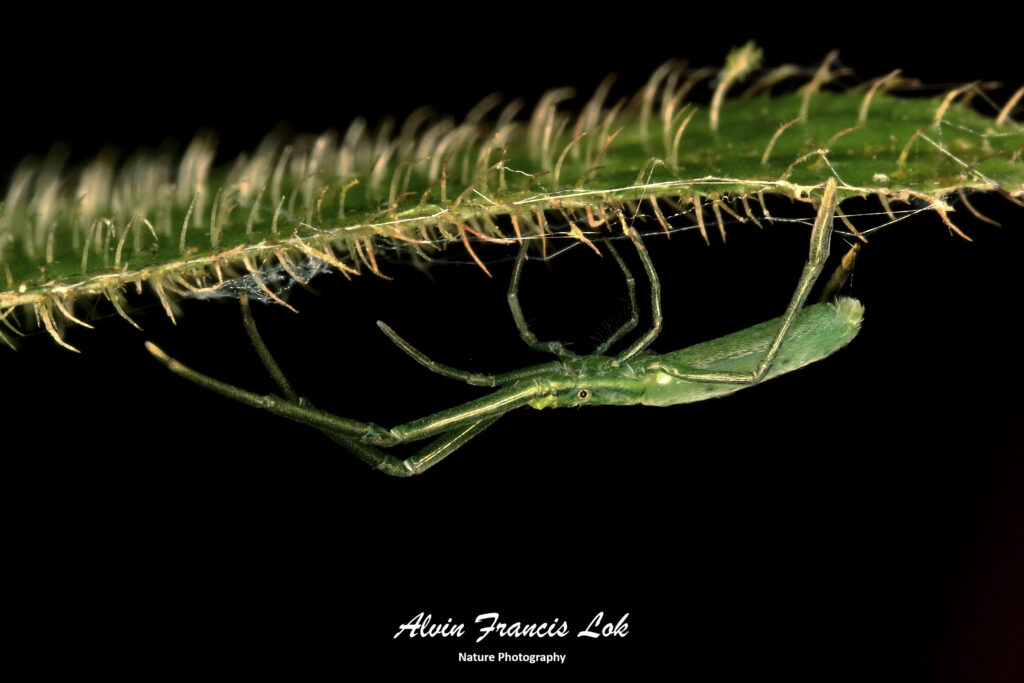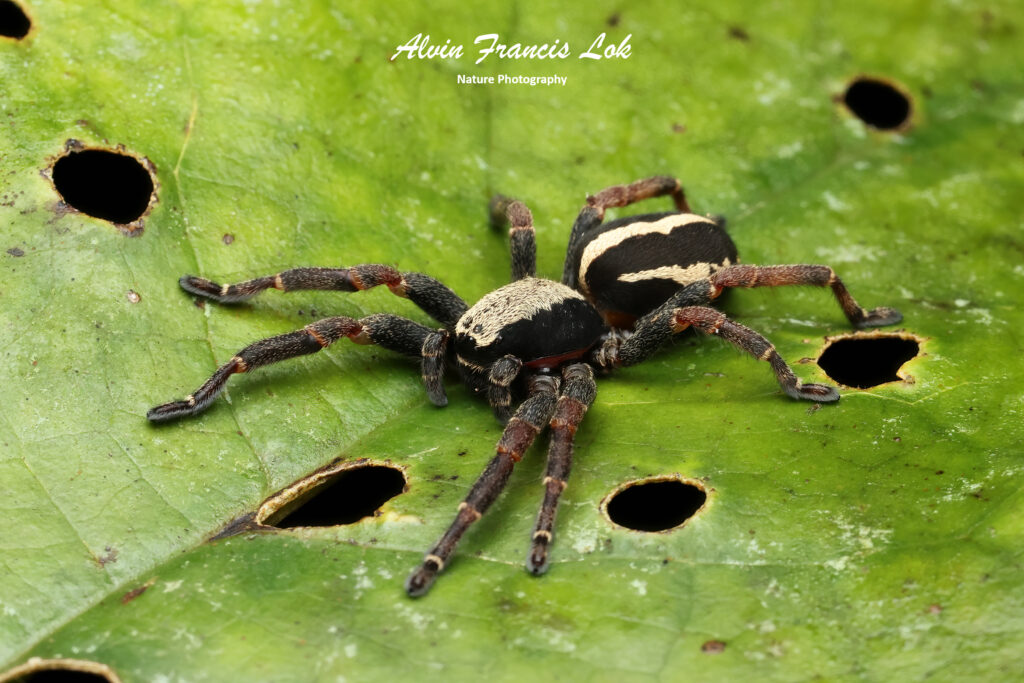Spiders are eight-legged air-breathing arthropods that have, venomous fangs and silk extruding spinnerets. Spiders are the largest arachnid order and rank seventh in total species diversity, with over 50 thousand species in 132 families. Spiders are found worldwide on every continent except for Antarctica.
Anatomically, spiders (as with all arachnids) differ from other arthropods in that the usual body segments are fused into two, the cephalothorax/ prosoma, and the opisthosoma/ abdomen, and joined by a small cylindrical pedicel.
Spiders unlike insects do poses antennae. Spiders build webs from extruded silk produced by glands at the appendages modified into spinnerets. Spider webs vary in size, shape, complexity and the amount of sticky thread used.
All spiders are known predators with only one species being described as herbivorous, Bagheera kiplingi. Their prey includes mainly insects, but larger species have been known to take birds and lizards. Their specialized trapping has allowed spiders to trap 400-800 million tons of pest a year. Prey detection is via web vibrations, but they do also rely on acute vision for hunting, especially in species such as Portia spp. Which prey on other spiders, showing signs of intelligence and high precision, often able taking down other spider prey larger than itself. All spider consume their prey in the liquid form, injecting digestive enzymes into their prey’s bodies, liquifying them.
Males are usually smaller than females and often get eaten after courtship, and avoid this, male spiders identify themselves to potential mates through complex courtship. Most males do survive a few matings and limited only by their short lifespan.
Egg laying varies, some species lay hundreds of eggs in silk egg-cases, while other lay large eggs directly on the leaves (in the case of jumping spiders). Females of many species do care for their young, carrying them around or by sharing food with them. The majority spider species are also solitary with only a species being communal, occupying communal webs of up to 50,000 individuals. Other species have taken social behavior past “communal living”, to co-operative hunting and food sharing.
Most spiders also have a relatively short life span, with most living up to 2 years. Tarantulas on the other hand, especially females have been known to live up to 25 years in captivity.
While most, if not all spiders are venomous, only a few are dangerous to humans, and these include the black widow and funnel-webbed spiders. Scientists are now exploring the use of spider venom in medicine and pest control. There is also a lot of research examining the tensile strength of spider silk and inserting spider silk genes into mammals and plants as silk factories.
